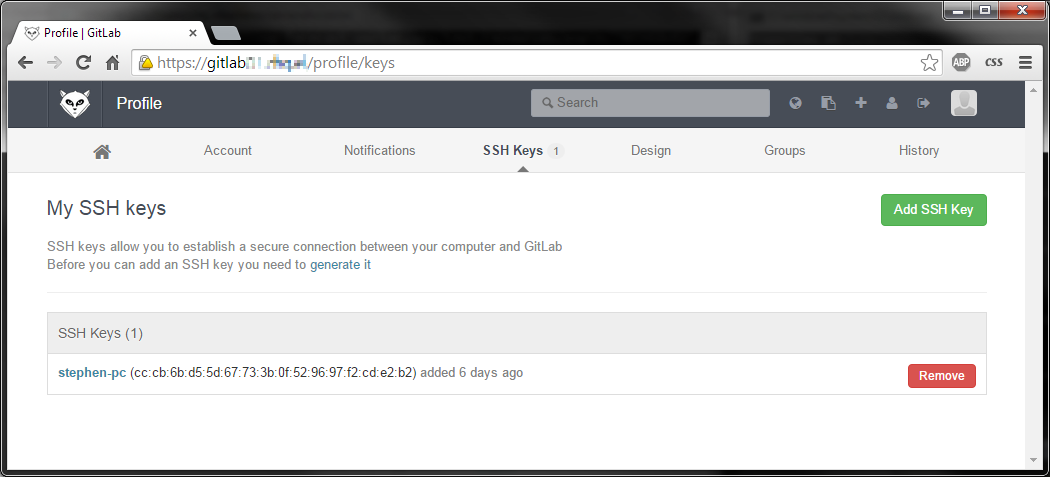
To keep things simple, we will focus on how user keys work. Now let’s take a closer look at how a private key and public key work. When a large amount of data is being transmitted, session keys are used to encrypt this information. Another type of SSH key is a session key. If the private and public keys are on a remote system, then this key pair is referred to as host keys.

If the private key and the public key remain with the user, this set of SSH keys is referred to as user keys. Who or what possesses these keys determines the type of SSH key pair. SSH keys always come in pairs, and every pair is made up of a private key and a public key.
Ssh copy id set default key how to#
Watch the video below to find out how to generate your own RSA key pair on Mac and Linux. On Mac and Linux systems, it is possible to generate an SSH key pair using a terminal window. On Windows systems, it is possible to generate your own SSH key pair by downloading and using an SSH client like PuTTY. SSH keys come in many sizes, but a popular choice is an RSA 2048-bit encryption, which is comparable to a 617 digit long password.

These pieces of software are necessary to create a proper communication channel using the SSH protocol ( DigitalOcean).Įssentially, SSH keys are an authentication method used to gain access to an encrypted connection between systems and then ultimately use that connection to manage the remote system. The remote systems need to have a piece of software called an SSH daemon, and the system used to issue commands and manage the remote servers needs to have a piece of software called the SSH client. To use the SSH protocol, a couple pieces of software need to be installed. This is especially important in the era of cloud infrastructure and remote work.

Today, the SSH protocol is widely used to login remotely from one system into another, and its strong encryption makes it ideal to carry out tasks such as issuing remote commands and remotely managing network infrastructure and other vital system components. This sniffing attack motivated Tatu to figure out how to make networks more secure, and this ultimately led to the creation of the SSH protocol ( SSH.com). Thousands of credentials were impacted, including those belonging to community partnerships. A sniffing attack intercepts and logs the traffic that takes place on a network and can provide attackers with usernames and passwords which can then be used to gain access to critical IT assets. Tatu was a researcher at the University of Helsinki when a sniffing attack was discovered on the university network. The first version of the SSH protocol was developed in the summer of 1995 by Tatu Ylonen.
Ssh copy id set default key for free#
Try JumpCloud For Free The History of The SSH Protocol


 0 kommentar(er)
0 kommentar(er)
